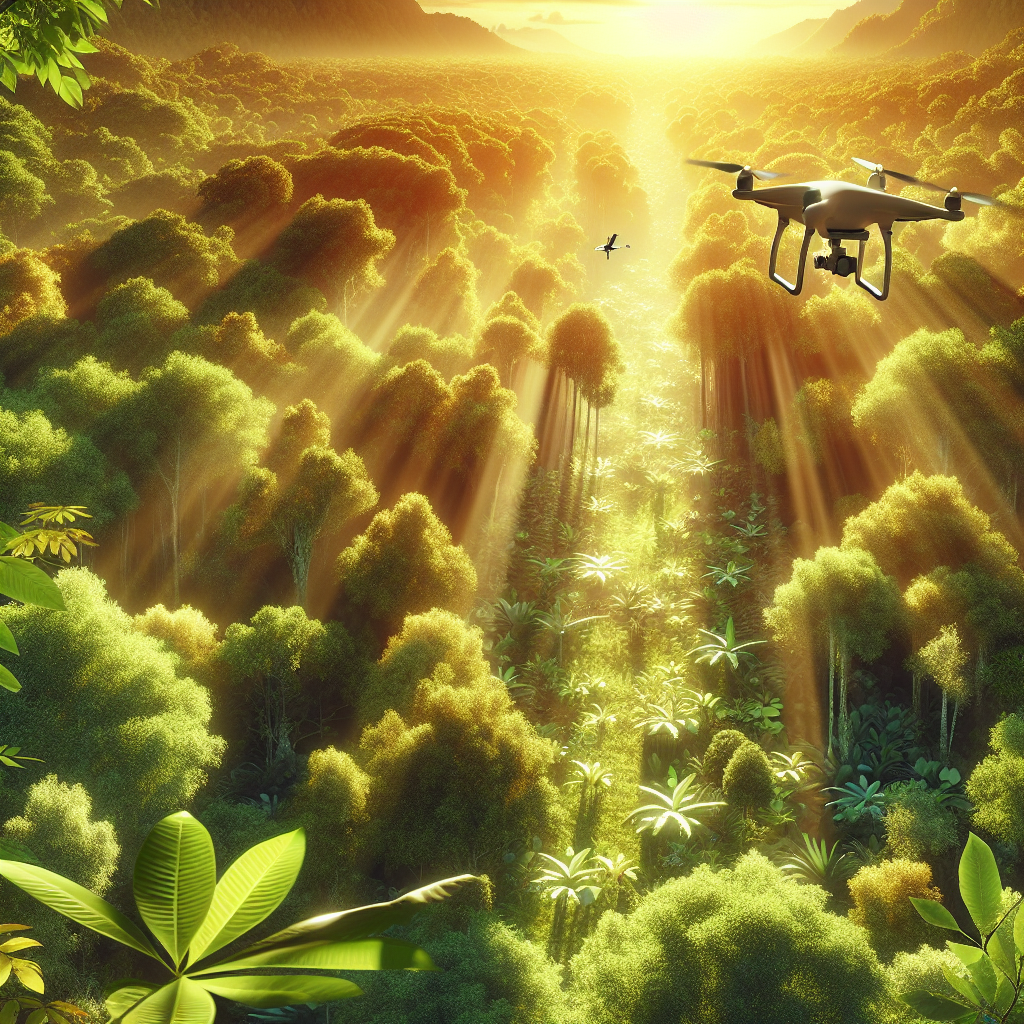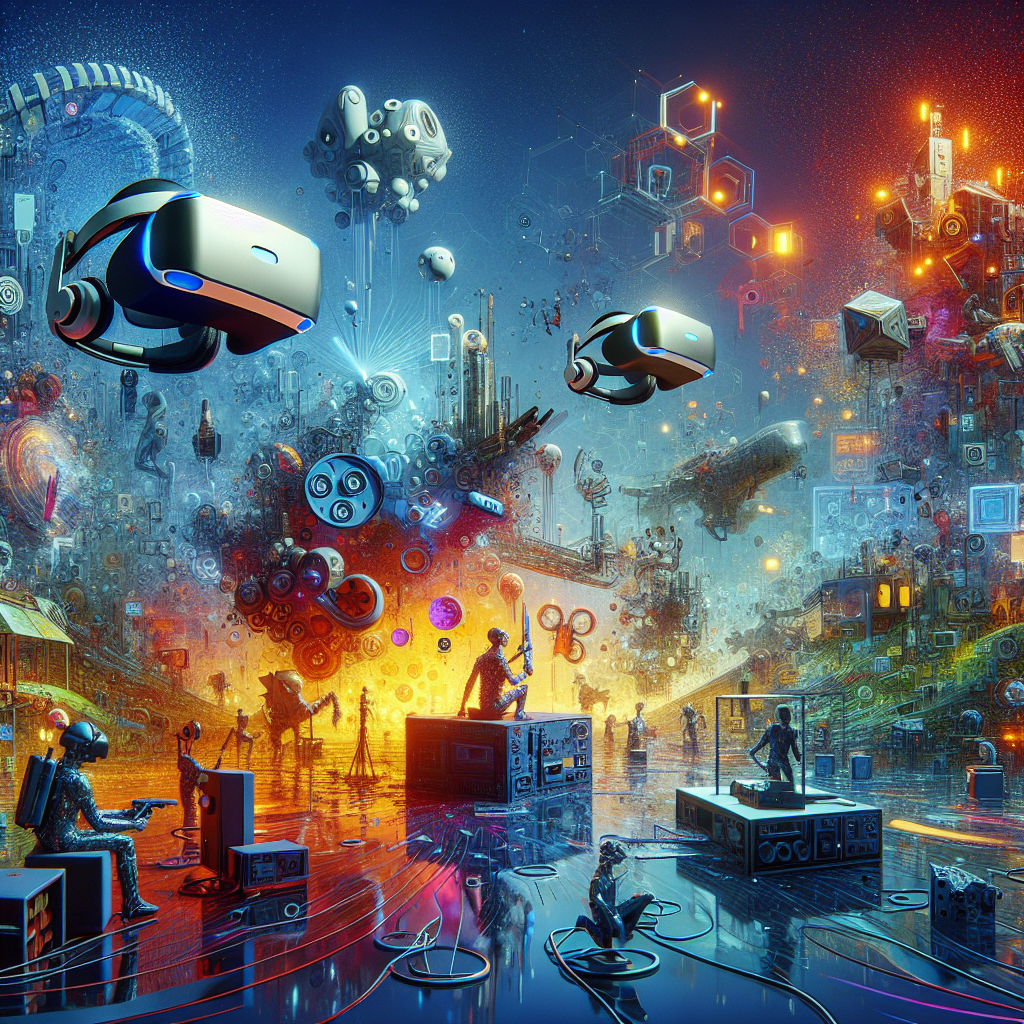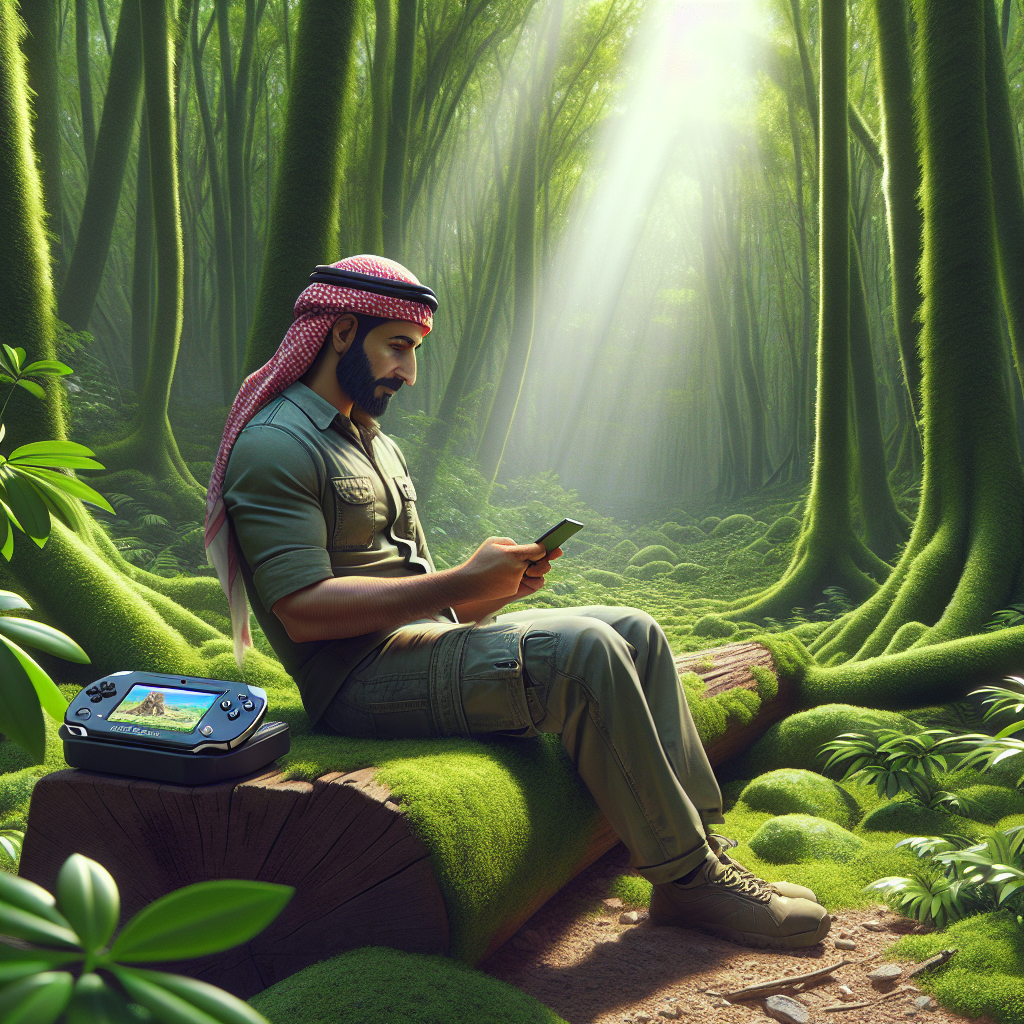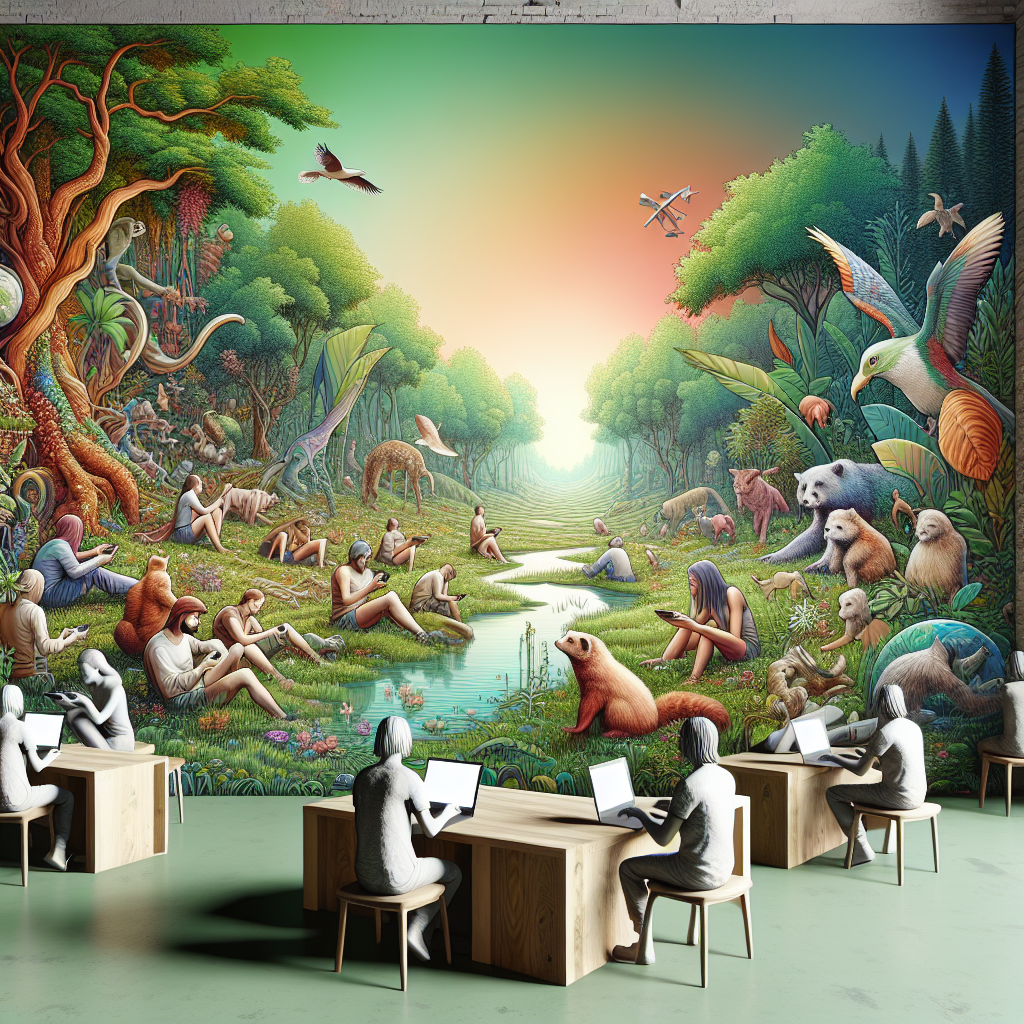Technology in Conservation is transforming how we approach environmental protection. With advancements in tools and methods, conservationists can monitor ecosystems, protect endangered species, and engage the public in meaningful ways.
One of the most significant contributions of technology is in data collection. Remote sensing technology, such as satellites and drones, allows researchers to gather vital information about wildlife populations and their habitats. For instance, drones can fly over difficult terrains, capturing high-resolution images that reveal changes in vegetation or animal movements. This data is crucial for making informed decisions about conservation strategies.
Innovative Tools for Wildlife Monitoring
Another area where Technology in Conservation shines is in wildlife monitoring. GPS collars and camera traps have revolutionized how we track animal behavior and migration patterns. These tools provide real-time data, enabling researchers to understand the needs of various species better. For example, GPS tracking has helped identify migration routes of endangered species, allowing conservationists to implement protective measures along these pathways.
Moreover, mobile apps are engaging the public in conservation efforts. Citizen science initiatives encourage individuals to report sightings of wildlife, contributing to a larger database of species distribution. This collaboration between technology and community involvement is vital for successful conservation outcomes.

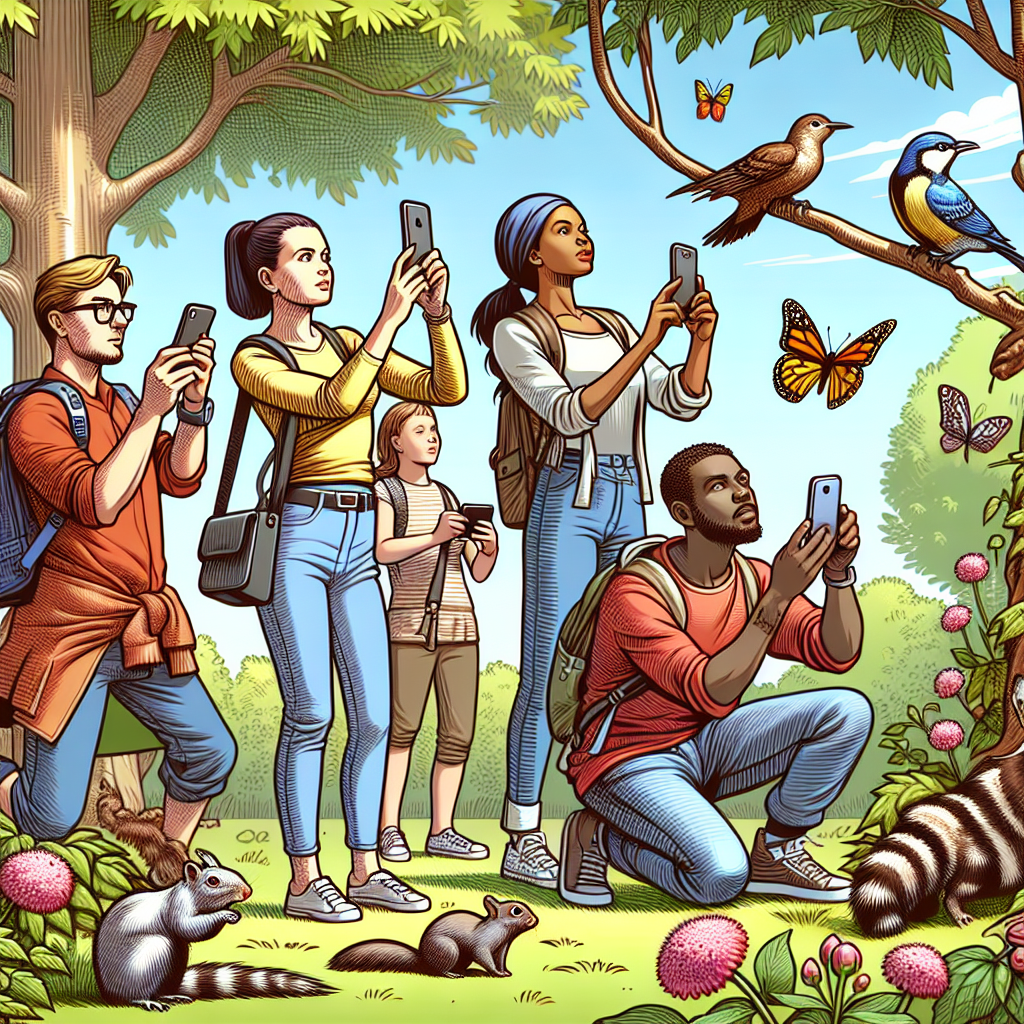
Preventing Poaching and Illegal Trade
Technology in Conservation also plays a critical role in combatting poaching and illegal wildlife trade. Anti-poaching drones patrol protected areas, monitoring for suspicious activities. Additionally, smart camera systems equipped with AI can distinguish between humans and animals, alerting rangers to potential threats. These innovations not only enhance protection but also reduce costs associated with traditional monitoring methods.
In urban environments, technology aids in habitat preservation. Smart sensors can monitor air and soil quality, providing data that can help mitigate pollution and its effects on local wildlife. Urban planners can use this information to create green spaces that support biodiversity, showcasing how technology can harmonize human development with environmental sustainability.
As we look towards the future, the integration of technology in conservation efforts will only grow. From advanced analytics to machine learning, the potential for innovation is limitless. By embracing these technologies, we can enhance our conservation strategies and ensure a healthier planet for generations to come.
In conclusion, Technology in Conservation is pivotal in shaping modern efforts to protect our natural world. Its applications in data collection, wildlife monitoring, and anti-poaching measures demonstrate its importance in achieving sustainable conservation goals. As we continue to innovate, the collaboration between technology and conservation will be essential for preserving biodiversity and maintaining healthy ecosystems.
Some content and/or images on this page were created using AI.

